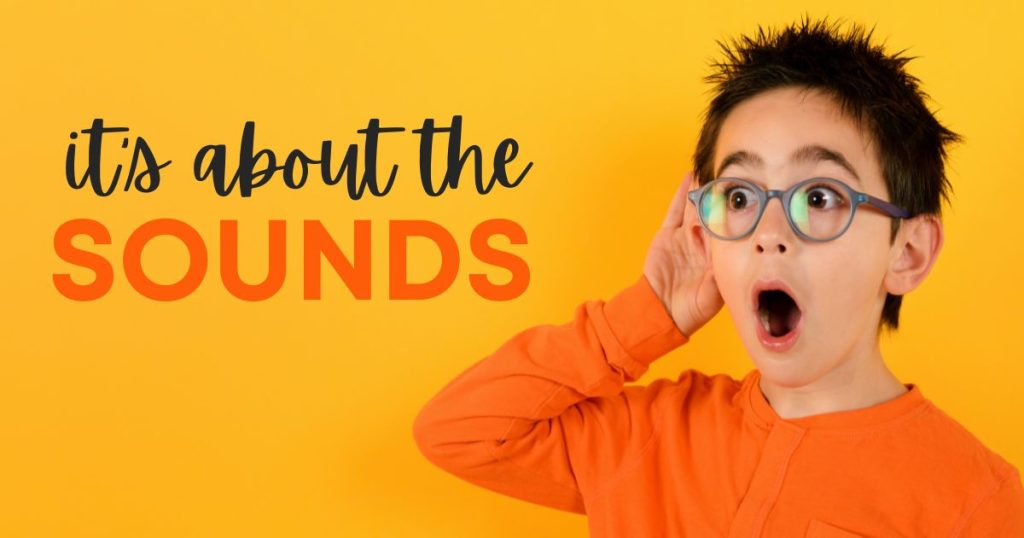Phonemic awareness is a powerful skill that helps young readers break down words into sounds, understand the sounds that letters make, and blend them to form words. Think of it as the foundation of reading, like learning the alphabet before writing words. For young learners, phonemic awareness means being able to recognize and work with individual sounds (or phonemes) in spoken words.
Let’s look at an example: Imagine the word “cat.” A child with phonemic awareness can hear the three separate sounds: /c/ - /a/ - /t/ and know that putting these sounds together creates the word “cat.” Phonemic awareness goes beyond just knowing letter names and is about being able to play with and recognize the sounds within words (Gillon, 2018).
Why is Phonemic Awareness Important?
Studies show that phonemic awareness is one of the strongest predictors of future reading success (Ehri, 2005). When children understand sounds, they can more easily decode and blend sounds when they start reading, helping them feel more confident and enjoy reading. Here’s why it’s crucial:How to Develop Phonemic Awareness in Young Learners
Here are some fun, interactive ways to help young learners develop phonemic awareness. These activities don’t require a lot of materials and can be easily incorporated into daily routines.
Play Sound Games
Simple sound games make phonemic awareness fun and engaging.
I Spy with Sounds: Play “I spy with my little eye” but focus on beginning sounds. For example, “I spy with my little eye something that starts with the /b/ sound.” This game helps children listen for sounds and connect them to objects around them.
Rhyme Time: Say a word, like “cat,” and ask your child to think of as many rhyming words as possible (hat, bat, mat). Rhyming helps children notice sound patterns, which is an important step toward phonemic awareness (Gillon, 2018).
Clap Out the Sounds
This simple activity helps children segment sounds in words.
Clap for Each Sound: Say a word (like “sun”) and have your child clap for each sound they hear: /s/ - /u/ - /n/. This activity builds awareness of individual phonemes, which is essential for reading and spelling (Kilpatrick, 2015).
Stretch and Count: Say a word slowly and “stretch” each sound. For example, say “dog” slowly as /d/ - /o/ - /g/ and have children count the sounds on their fingers or stretch out a rubber band for each sound.
Use Songs and Nursery Rhymes
Songs and rhymes are filled with patterns and sounds that are perfect for building phonemic awareness.
Sing Rhyming Songs: Singing familiar nursery rhymes helps children tune in to sounds and recognize patterns in language. Songs like “Twinkle, Twinkle, Little Star” or “Baa Baa Black Sheep” emphasize rhyming words and repetitive sounds, making them ideal for phonemic awareness practice (Ehri, 2005).
Alliteration Fun: Try creating silly sentences where each word starts with the same sound, like “Silly Sally sells seashells.” Alliteration helps children focus on specific sounds and can strengthen their ability to identify and manipulate phonemes.
Work with Sound Manipulation Activities
Sound manipulation is all about playing with sounds in different ways, like adding, removing, or changing them to make new words.
Sound Swapping: Ask your child to replace one sound in a word to create a new one. For example, start with “cat” and swap the /c/ sound for /h/ to make “hat.” This builds flexibility with sounds and strengthens phonemic awareness (Kilpatrick, 2015).
Blend and Segment Sounds: Say individual sounds (like /s/ - /a/ - /t/) and ask your child to blend them together to say the word (sat). Or, give them a word and ask them to break it down into its individual sounds. This skill directly supports decoding and reading fluency.
Use Picture Cards and Visuals
Visual aids like picture cards can help children connect sounds with objects, making phonemic awareness more concrete.
Sound Sorting with Pictures: Gather pictures of objects that start with different sounds. Have children sort the pictures by beginning sounds. This helps them focus on the sounds each word starts with and reinforces phoneme recognition.
Create a Sound Wall: A sound wall with pictures of objects that represent different sounds can help children associate sounds with visual clues, strengthening their memory and understanding of phonemes.
Phonemic Awareness Sets the Stage for Lifelong Reading Success
Helping young learners develop phonemic awareness doesn’t have to be complicated, but it is essential. Each time a child claps out a word’s sounds, swaps sounds, or sings a rhyme, they’re building critical reading skills. These small activities add up, helping them become confident readers who love books.
In future posts we will be sharing online exercises about online activities designed to improve your phonemic awareness. It doesn't matter the age or level that you have, being conscious that we can constantly and steadily improve is key to our ESL progress.
References
- Ehri, L. C. (2005). Learning to read words: Theory, findings, and issues. Scientific Studies of Reading, 9(2), 167-188.
- Gillon, G. T. (2018). Phonological awareness: From research to practice. Guilford Publications.
- Kilpatrick, D. A. (2015). Essentials of assessing, preventing, and overcoming reading difficulties. Wiley.


No comments:
Post a Comment